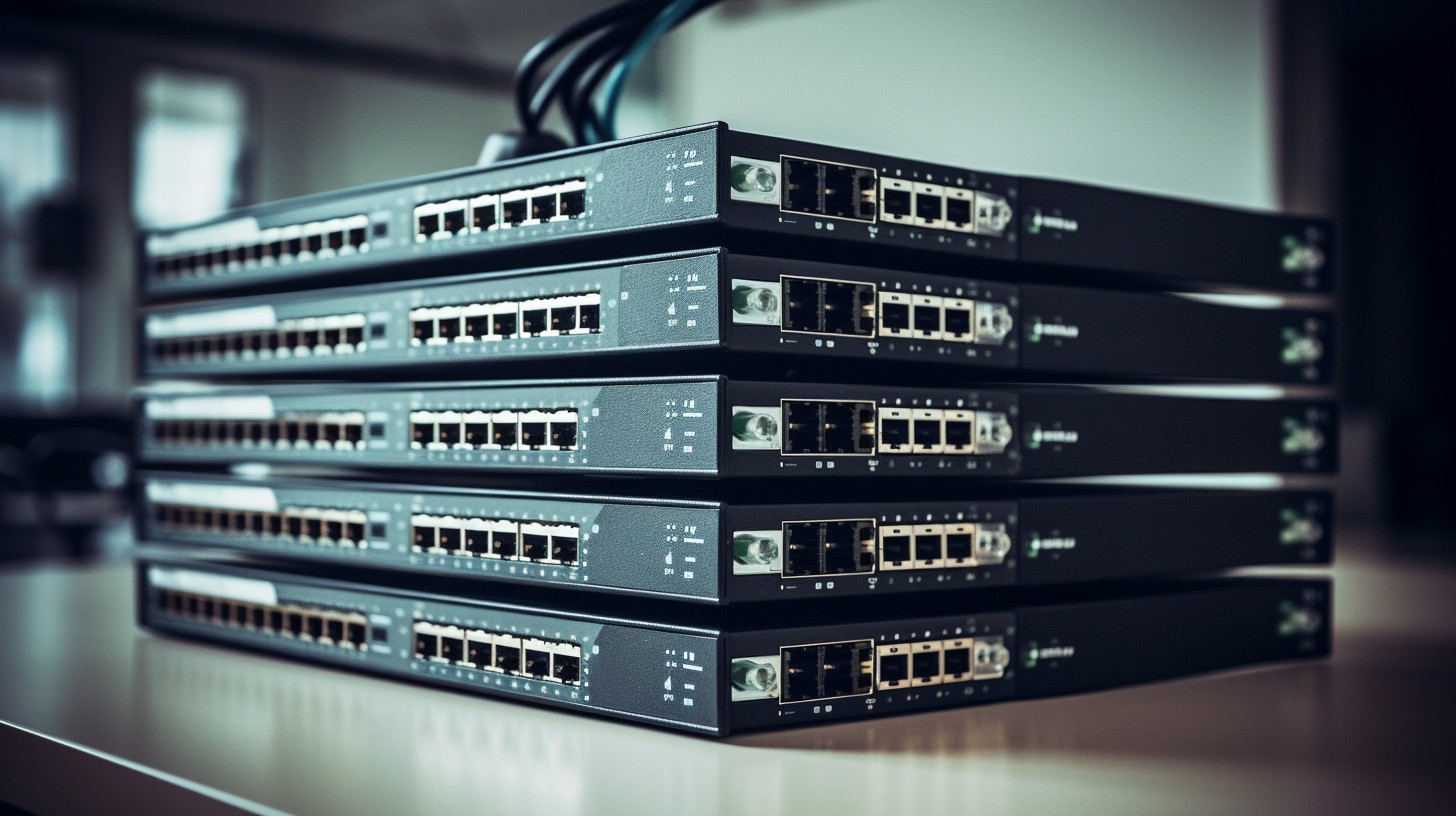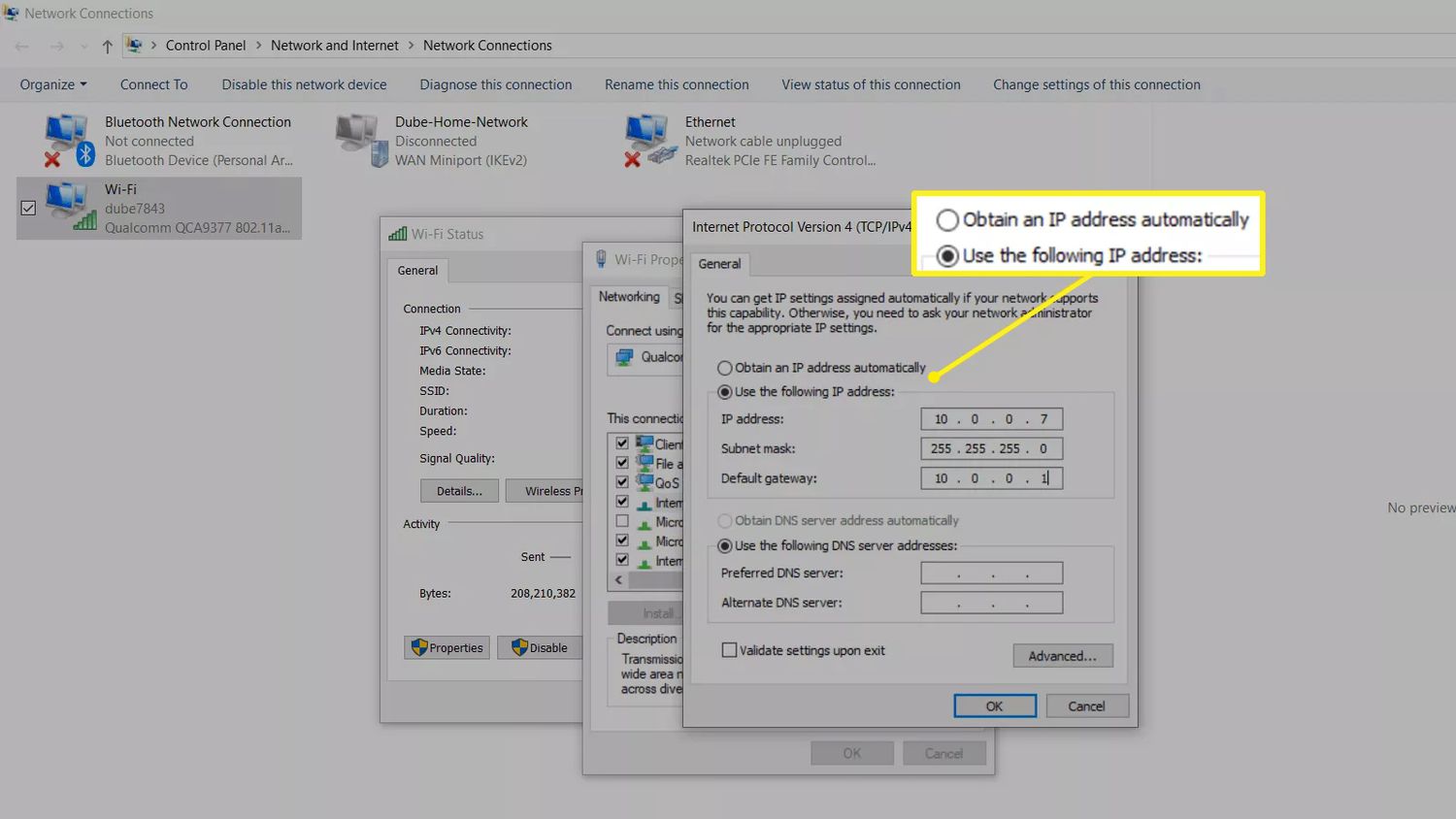**
Introduction
**
Have you ever encountered the perplexing situation where your network mysteriously transitions to a public status without your consent? This unexpected shift can lead to a myriad of connectivity issues and security concerns, leaving you in a state of bewilderment. Understanding the reasons behind this switch and learning how to rectify it is crucial in maintaining a seamless and secure network environment.
The network profile of your system plays a pivotal role in determining the level of security and access permissions granted to your device. When your network shifts to a public status, it essentially means that your device is now connected to a network that is considered less secure, potentially exposing it to various risks. Unraveling the causes behind this transition and discovering how to revert to a private network status is essential for safeguarding your digital realm.
In the following sections, we will delve into the intricacies of network profiles, explore the potential catalysts for the switch to a public network, and equip you with the knowledge to seamlessly revert your network to a private status. By unraveling this enigma, you can regain control over your network and fortify its security, ensuring a seamless and protected digital experience. Let's embark on this enlightening journey to decode the mystery of network profile transitions.
Understanding Network Profiles
Before delving into the reasons behind a network switching to a public status, it is imperative to comprehend the concept of network profiles. A network profile essentially defines the security and sharing settings applied to a specific network, categorizing it as either private or public. When your device is connected to a private network, such as your home or office network, it assumes a higher level of trust and allows greater access between devices. Conversely, a public network designation imposes more stringent security measures to protect your device from potential threats.
Network profiles are instrumental in dictating the behavior of your device within a networked environment. When connected to a private network, your device can seamlessly communicate with other trusted devices and access shared resources, fostering a cohesive digital ecosystem. In contrast, a public network imposes restrictions to mitigate security risks, limiting the visibility of your device and minimizing potential vulnerabilities.
Understanding the nuances of network profiles empowers you to discern the implications of a network transitioning to a public status. By grasping the distinct characteristics of private and public network designations, you can proactively navigate the intricacies of network connectivity and fortify the security of your digital infrastructure.
Reasons for Switching to Public Network
The transition of your network to a public status may stem from various underlying factors, each bearing the potential to disrupt your network’s security and functionality. One common catalyst for this shift is the detection of an unfamiliar network by your device, prompting it to default to a public profile as a precautionary measure. Additionally, network disruptions or changes in network infrastructure can trigger the automatic reclassification of your network to a public status, compelling your device to adapt to the altered environment.
Furthermore, erroneous network configuration settings or outdated network drivers can inadvertently prompt your device to switch to a public network profile. This misconfiguration may lead to connectivity issues and compromise the security of your network, necessitating swift intervention to rectify the misaligned settings.
In some instances, security software or firewall settings may influence the network profile, causing it to transition to a public status to mitigate perceived security risks. Additionally, network congestion or interference can contribute to the misclassification of your network, prompting your device to adopt a public profile to mitigate potential vulnerabilities.
Moreover, transient network issues or intermittent connectivity disruptions can trigger the reclassification of your network to a public status, compelling your device to adapt to the fluctuating network conditions. These dynamic environmental factors can influence the perceived security posture of your network, prompting the automatic adjustment of its profile to uphold the integrity of your device.
By comprehending the diverse array of factors that can instigate the transition to a public network profile, you can adeptly discern the underlying causes behind this shift and implement targeted solutions to restore your network to a secure and reliable state.
How to Change Network Profile
Rectifying the transition of your network to a public status necessitates a strategic approach to reconfigure the network profile and restore it to a private designation. One effective method to initiate this transformation is by accessing the network settings on your device. By navigating to the network and sharing center, you can modify the network profile to align with your desired security and sharing preferences.
Alternatively, leveraging the Command Prompt with administrative privileges enables you to execute specific commands to alter the network profile. By inputting command lines such as “netsh” commands, you can effectively manipulate the network profile settings, effectuating a seamless transition to a private network status.
Another viable approach involves modifying the group policy settings to enforce a specific network profile for your device. By accessing the local group policy editor and configuring the network profile settings, you can exert precise control over the network profile, ensuring that it aligns with your security requirements.
Furthermore, updating your network drivers and ensuring that your device’s network configuration is accurately aligned with the intended network profile can mitigate erroneous profile transitions. By proactively maintaining the integrity of your network configuration, you can preemptively avert unwarranted shifts to a public network status.
Employing robust security software and firewalls can also fortify your network’s resilience against potential profile transitions. By configuring these security measures to align with your network’s security requirements, you can bolster the stability of your network profile and preemptively mitigate the risk of unauthorized transitions.
By adeptly navigating the network settings, leveraging command-line tools, and proactively fortifying your network infrastructure, you can effectively steer the transition of your network profile back to a private status, ensuring a secure and seamlessly connected digital environment.
Conclusion
Embarking on a journey to unravel the enigma of network profile transitions has equipped you with a comprehensive understanding of the intricate factors that can prompt a network to switch to a public status. By delving into the nuances of network profiles and discerning the implications of private and public designations, you have fortified your ability to navigate the complexities of network connectivity.
Understanding the multifaceted reasons behind the transition to a public network has empowered you to proactively address potential catalysts and swiftly restore your network to a secure and reliable state. From detecting unfamiliar networks to rectifying erroneous configuration settings, you are now adept at identifying and mitigating the diverse array of factors that can influence network profile transitions.
Armed with the knowledge of how to change the network profile through strategic interventions such as network setting modifications, command-line manipulations, and security fortifications, you possess the tools to seamlessly transition your network back to a private designation. By leveraging these targeted approaches, you can safeguard your digital realm and foster a resilient network environment.
As you navigate the dynamic landscape of network connectivity, remember that proactive network maintenance and vigilant monitoring are instrumental in preserving the integrity of your network profile. By staying attuned to potential network disruptions and swiftly implementing remedial measures, you can fortify the security and stability of your network, ensuring a seamless and protected digital experience.
Armed with these insights, you are well-prepared to navigate the intricacies of network profile transitions, fortify the security of your digital infrastructure, and maintain a seamlessly connected network environment. Embrace the knowledge you have acquired and embark on your journey with confidence, knowing that you possess the expertise to decode the mystery of network profile transitions and safeguard your digital realm.
























